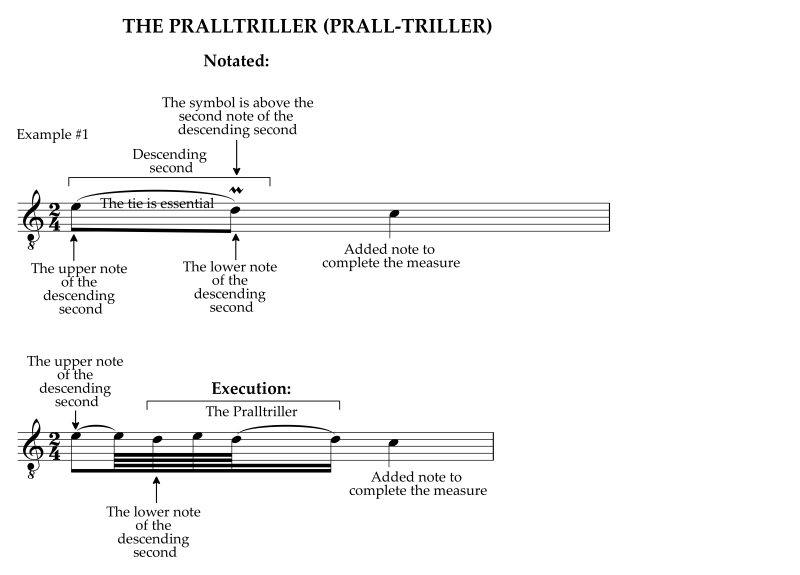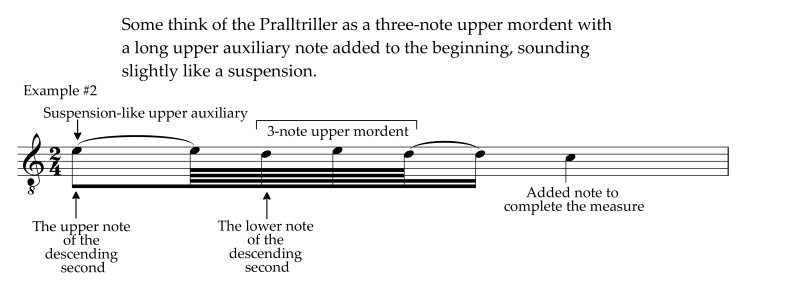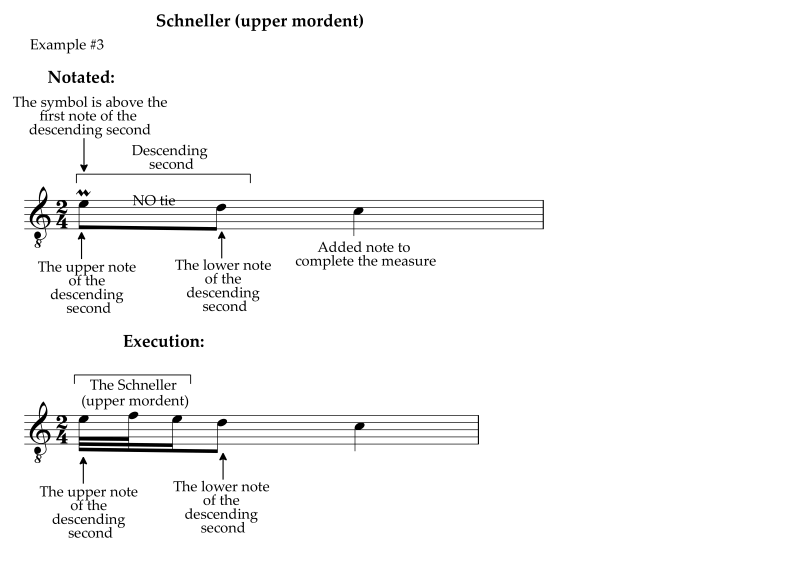THE PRALLTRILLER:
Its notation, execution, and the challenges of historical interpretation

"Douglas who?"
Douglas Niedt is a successful concert and recording artist and highly respected master classical guitar teacher with 50 years of teaching experience. He is Associate Professor of Music (retired), at the Conservatory of Music and Dance, University of Missouri-Kansas City and a Fellow of the Henry W. Bloch School of Management—Regnier Institute for Entrepreneurship and Innovation.
Doug studied with such diverse masters as Andrés Segovia, Pepe Romero, Christopher Parkening, Narciso Yepes, Oscar Ghiglia, and Jorge Morel. Therefore, Doug provides solutions for you from a variety of perspectives and schools of thought.
He gives accurate, reliable advice that has been tested in performance on the concert stage that will work for you at home.
PURCHASE AN ALL-ACCESS PASS
TO THE VAULT OF CLASSICAL GUITAR TECHNIQUE TIPS

"Hello Mr Niedt,
My name's Gretchen, and I'm so happy I purchased an All-Access Pass to the Vault. I love your awesome technique tips. I'm amazed how much I have improved my playing.
Thank you!"
ARE YOU LOOKING FOR PROVEN STRATEGIES
THAT WILL MAKE YOU A BETTER GUITARIST?
Check out the game-changing tips in my Vault—I promise they will kick your playing up to the next level.
Purchase an All-Access Pass to the Vault.
It's a one-time purchase of only $36!
You receive full access to:
- Over 180 technique tips in The Vault.
- Special arrangements of Christmas music
- Arrangement of the beautiful Celtic song, Skellig
- Comprehensive guide, How to Master the Classical Guitar Tremolo
All that for a one-time payment of only $36. Take me to the page to Purchase an All-Access Pass
THE PRALLTRILLER:
Its notation, execution, and the challenges of historical interpretation
By Douglas Niedt
Copyright Douglas Niedt. All Rights Reserved.
This article may be reprinted, but please be considerate and give credit to Douglas Niedt.
PREFACE
The first thing you need to know when deciding how to play any ornament in pre-20th-century music is that there was no "common practice." The notation and execution of ornaments varied from country to country and composer to composer.
Written instructions from long ago or ornament tables (even by J.S. Bach) cannot overcome the general shortcomings of musical notation. Rigid rules, no matter where they come from, go against the very nature of ornaments—they were often improvised and, therefore, are too free to be tamed into regularity or taught by the book.
Descriptions of ornaments are only rough outlines, and many are contradictory. It's a jungle and very frustrating to try to figure out. There is simply no definitive solution to any ornament in a given situation. Therefore, be skeptical of everything I write from here on!
If you want a short answer to how to play an ornament, I say, "Do whatever you want. Do what makes the music sound best, and do what sounds best to you. In the end, that's what counts."
What is a Pralltriller or Prall-Triller?
In modern German terminology, Pralltriller (pronounced "prowl-triller) is the name for an inverted mordent.
However, in the Baroque period and transitional period from the Baroque to the Classical period, the description of the Pralltriller was more complicated and sometimes contradictory.
According to theorists of that time, the Pralltriller is a short, rapid, trill-like ornament of four notes, beginning on the upper auxiliary. However, it is very different from a basic trill. First of all, it occurs only on the second or lower note of a descending second. Second, it must have a tie from the note before it (the upper or first note of the descending second). Composers notated it with the same symbol used for the trill (a short horizontal zig-zag line with two "waggles." They placed the symbol above the second note of the descending second. Example #1:

Some think of the Pralltriller as a three-note upper mordent beginning on the principal note with a long upper auxiliary note added to the beginning, sounding slightly like a suspension. Example #2:

In his influential book, Essay on the True Art of Playing Keyboard Instruments, Carl Philipp Emanuel Bach (C. P. E. Bach) called the Pralltriller the most agreeable and indispensable of all graces but also the most difficult. He instructs the performer to play it with such extreme rapidity that the listener must not be aware of any loss of value, even when introduced on a very short note.
Difference Between the Pralltriller and Schneller (Upper Mordent)
In the Baroque period, writers differentiated between the Pralltriller and the Schneller (what we call today an upper mordent). The notation looked very similar, except they placed the symbol above the first note of the descending second, no slur connected the notes, and the performer started the ornament on the FIRST or upper note of the descending second. In later years, however, composers abandoned the restriction of it being on the first note of a descending second. They used it in melodic skips as well. Example #3:

The Pralltriller After the Baroque Period
After 1800, the Pralltriller dropped out of use. Composers retained the symbol but used it instead for the Schneller (upper mordent). And composers no longer restricted the Schneller to passages of descending seconds. Composers used it in wider intervals as well. Soon, the name "schneller" fell out of use, and, in Germany at least, the word "pralltriller" was reborn as the name for the upper mordent.
Further Reading
If you want to explore any of these topics in-depth (630 pages), I highly recommend one of my favorite books, Ornamentation in Baroque and Post-Baroque Music With Special Emphasis on J.S. Bach by Frederick Neumann.
DOWNLOAD THE PDF
Download the PDF here: ORNAMENTS: THE PRALLTRILLER
